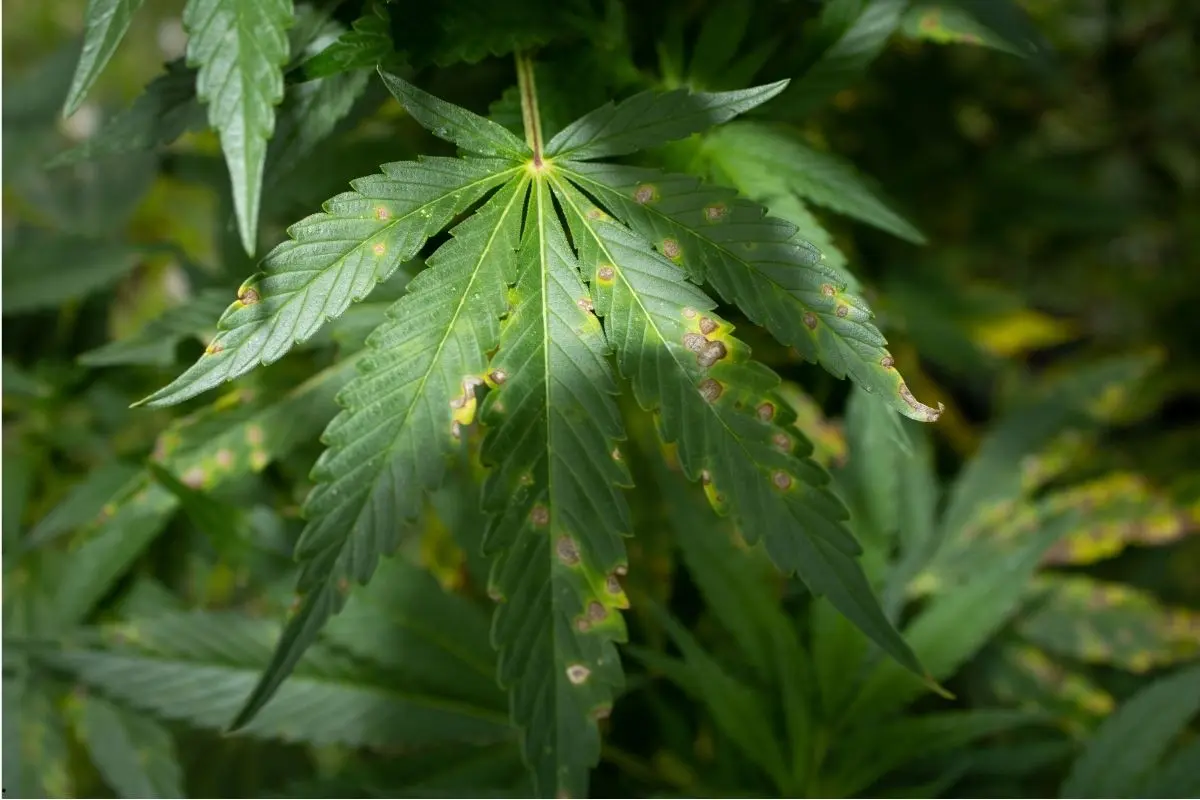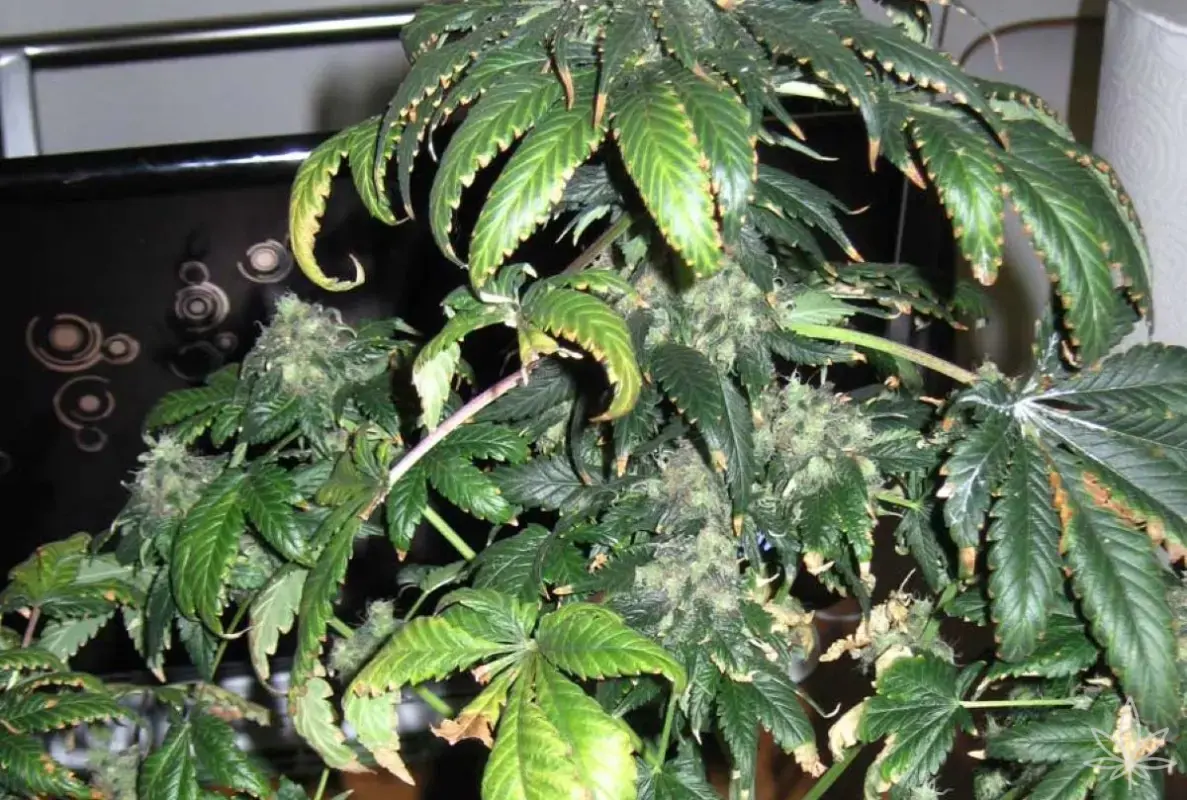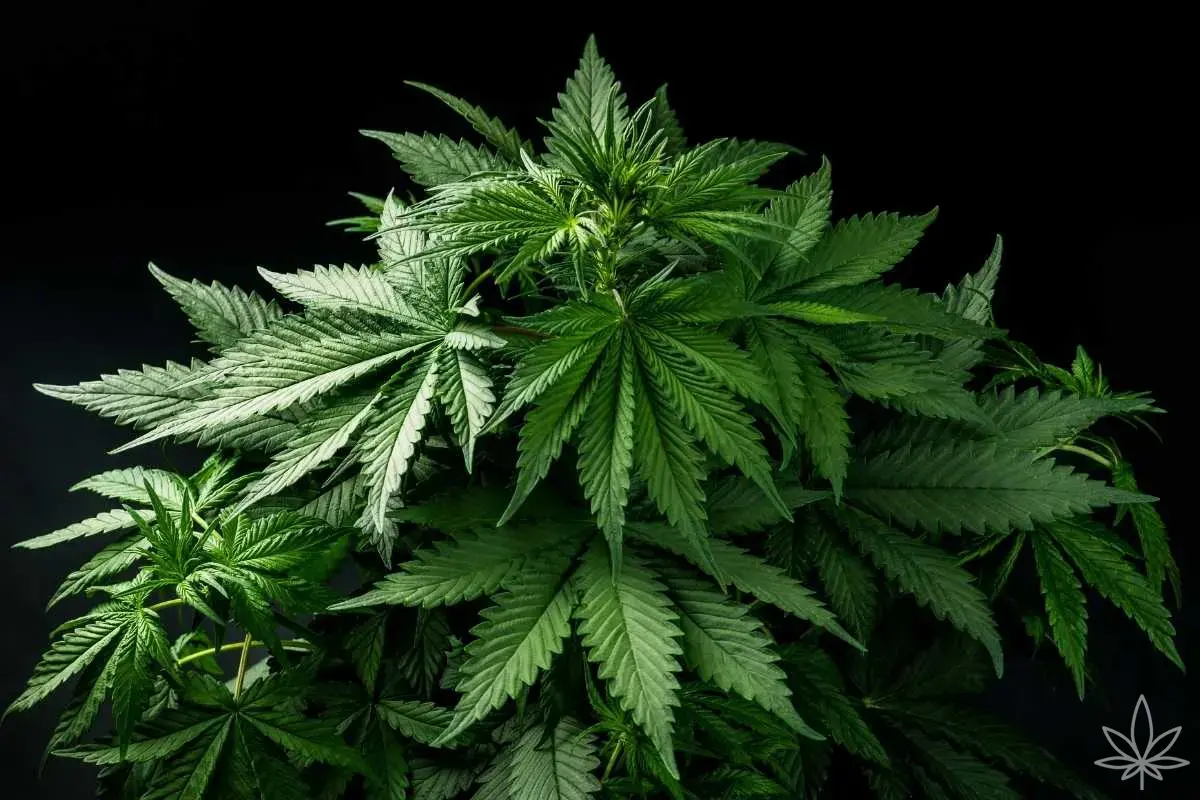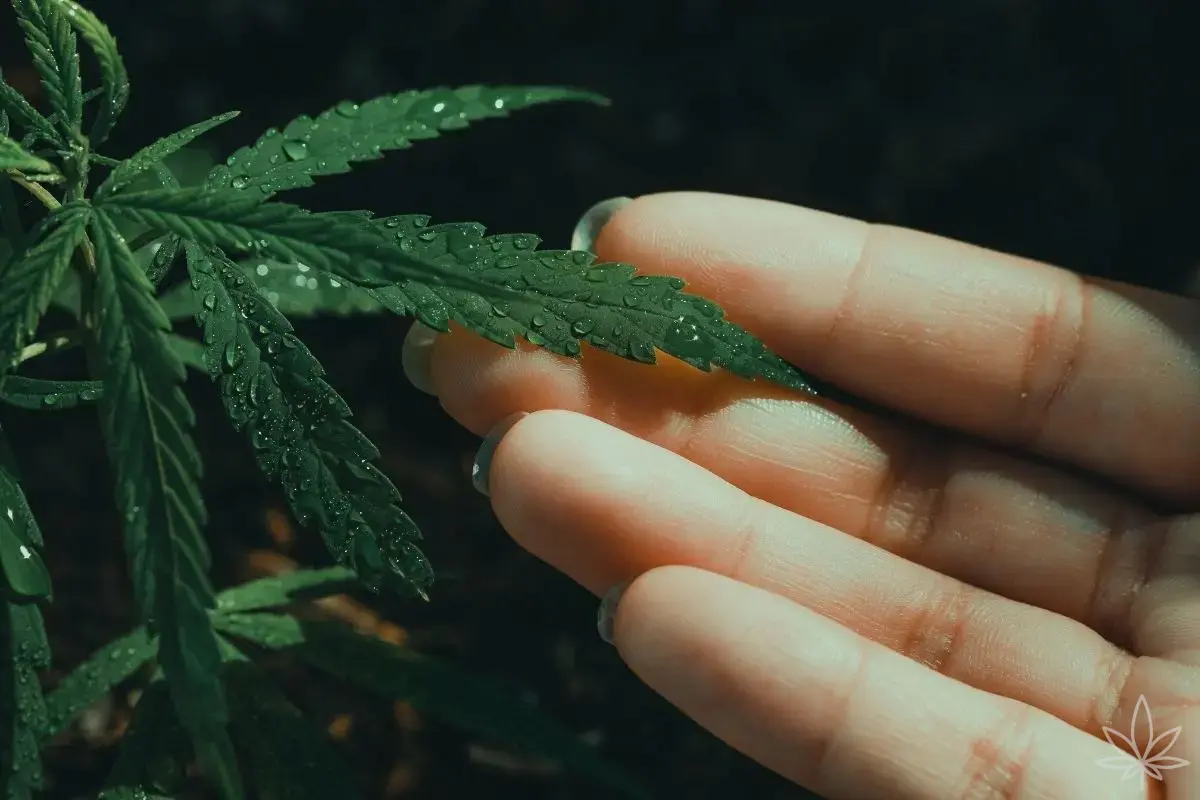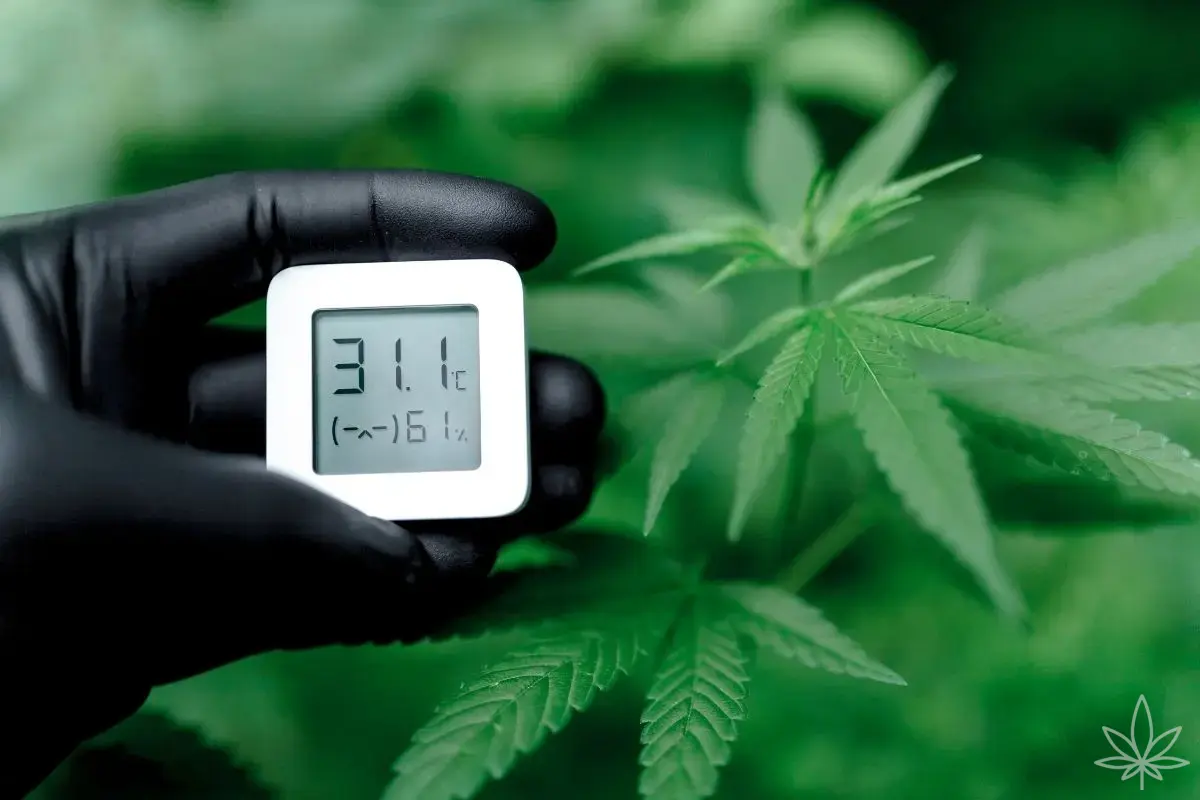Alternaria is one of those sneaky enemies that loves to pass for “just a spot” or some innocent leaf yellowing. If you’ve ever come across “brown leaf spots,” chances are you’re dealing with Alternaria—one of the most threatening fungal diseases targeting cannabis leaves.
How to Recognize Alternaria on Your Plants
Main signs: The classic Alternaria look is brown or olive spots, with clear, concentric rings that make the lesion resemble ripples or “bullseye” targets.
Where it appears: Patches often start on lower, older leaves, but quickly spread upward in humid or crowded conditions.
Progression: Dead tissue will eventually break away, leaving holes; leaves yellow, wilt, and drop.
The mushroom’s favorite conditions: High humidity, dense foliage, poor airflow, wet leaves from overhead watering, using old tools, and weakened plants.
Quick cheat sheet—differentiating from nutrient deficiencies:
Alternaria: Dark brown, round lesions with concentric rings like tree rings; dead spots might form holes in leaves.
Nutrient deficiency: Usually a faded or edge-yellowing effect, not the ringed, circular, “target” pattern.
Extra tip: Alternaria comes on suddenly, hitting a few leaves at first before spreading fast.
What Can You Do to Keep Alternaria from Ruining Your Grow?
Increase airflow: Use fans, prune for airiness, and space your plants.
Avoid wetting leaves: Water the soil, not the foliage.
Regularly remove old or sick leaves.
Sanitize your tools—don’t spread fungus leaf to leaf!
Change up your soil or growing spot each season (outdoors).
Treating Alternaria Leaf Spot on Cannabis
Remove and destroy infected leaves as quickly as possible.
Natural sprays:
Garlic extract (1/10 garlic to water), nettle, horsetail—spray every 5–7 days.
Try chamomile or propolis teas (for a gentle defense).
Fungicides:
Azoxystrobin (e.g., Amistar)—follow label directions, usually 0.5–1L/ha every 10–14 days.
Chlorothalonil—0.5–1L/ha, always per manufacturer’s guidance.
Mancozeb—powerful if control is difficult (check pre-harvest intervals!).
Salicylic acid, sulfur: These can boost leaf resistance; use as part of your rotation.
Most Common Misdiagnoses
Mixing up with potassium/magnesium deficiencies: These don’t show concentric rings—yellowing is more uniform and gradual, not spotted.
Confusing with Septoria: Septoria makes yellowish spots with a halo; Alternaria creates brown “bullseye” patches.
Blaming mechanical damage/fertilizer burns: Always look for circular rings—Alternaria leaves a “target” on the leaf!
Too-quick reactions: Don’t rush for sprays at the first brown spot—rule out deficiencies first, bend the leaf and check for brittle, dead centers (Alternaria necrosis is dry and crumbly).
FAQ: Alternaria on Cannabis
Does Alternaria only attack leaves?
Mostly, but severe infections can also hit stems, flowers, or seeds in seed-producing varieties.
How fast does the disease spread?
Very rapidly—especially with high humidity and poor airflow. It’ll jump leaf to leaf in a matter of days.
Can badly infected plants be saved?
Often yes, but you’ll need thorough pruning, a series of sprays, and a radical improvement in growing conditions.
Can you fully eradicate Alternaria?
Rarely—this fungus lingers in soil and on tools. Prevention is key!
Can I use crop protection products from other plants on cannabis?
Only if they’re approved for edible/medicinal crops and leave no dangerous residue. Always check legal restrictions and pre-harvest intervals!
Summary
Alternaria is one of the trickiest leaf spot threats for cannabis. The secret is learning to recognize its classic concentric rings and distinguishing them from other problems. Act quickly, bring in airflow, prune actively, and don’t hesitate to use effective home and commercial treatments—your plants will thank you with healthy growth and a rewarding harvest!

